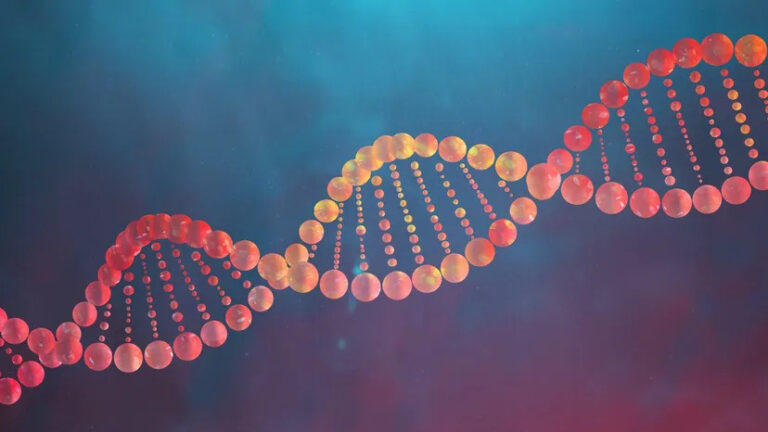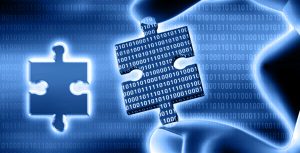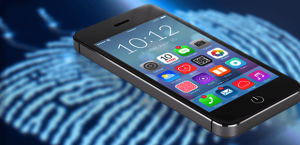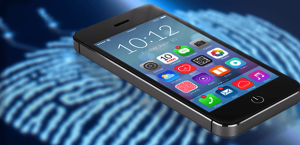Deoxyribonucleic acid, commonly known as DNA, is a molecule that contains the genetic information for all living organisms. It is a double-stranded helix consisting of nucleotides that are composed of sugar, phosphate, and a nitrogenous base. The sequence of these nitrogenous bases is what determines the genetic code, which governs the development, functioning, and reproduction of all living things.
In forensics, DNA is a powerful tool for identifying individuals and solving crimes. This is because DNA is unique to each individual and does not change throughout a person’s lifetime, except for rare mutations. Therefore, DNA can be used to link a suspect to a crime scene or exonerate an innocent person.
The use of DNA in forensics began in the 1980s with the discovery of DNA fingerprinting. This technique, also known as DNA profiling, involves the analysis of specific regions of an individual’s DNA to create a unique DNA profile or fingerprint. This profile can then be compared to DNA evidence found at a crime scene to identify suspects or exclude innocent individuals.
DNA profiling is based on the fact that certain regions of DNA, called short tandem repeats (STRs), vary in length between individuals. The number of repeats at each STR locus is inherited from a person’s parents, and the probability of two unrelated individuals having the same DNA profile is extremely low. Therefore, if the DNA profile from a crime scene matches the DNA profile of a suspect, it is strong evidence that the suspect was present at the scene of the crime.
To obtain a DNA profile, a sample of biological material must be collected from the crime scene or from a suspect. This can include blood, saliva, semen, hair, or skin cells. The DNA is then extracted from the sample and amplified using a technique called polymerase chain reaction (PCR). PCR allows a small amount of DNA to be copied millions of times, making it possible to obtain a sufficient amount of DNA for analysis.
Once the DNA has been amplified, it is analyzed using a technique called gel electrophoresis. In this technique, the DNA fragments are separated based on their size and charge and are visualized as bands on a gel. The pattern of bands represents the individual’s DNA profile, which can be compared to other profiles to determine whether there is a match.
In addition to DNA profiling, DNA can also be used to determine other types of information in forensics. For example, mitochondrial DNA (mtDNA) can be used to identify a person’s maternal lineage, which can be useful in cases where there is limited or degraded DNA. Y-chromosome DNA can be used to identify a person’s paternal lineage, which can be useful in cases where there are multiple male suspects.
DNA can also be used to determine the identity of remains in cases where the body has been decomposed or disfigured. This is done by comparing the DNA from the remains to the DNA of a known relative, such as a parent or sibling.
Despite its power as a forensic tool, the use of DNA evidence is not without its challenges. For example, DNA can be easily contaminated, which can lead to false results. It is therefore important to follow strict protocols to prevent contamination and ensure the accuracy of results.
In addition, there are ethical concerns about the use of DNA evidence, particularly in cases where it is obtained without a person’s consent. There are also concerns about the use of DNA databases, which can be used to identify individuals based on their genetic information.
In conclusion, DNA is a powerful tool in forensics that can be used to identify individuals and solve crimes. Its unique properties make it an invaluable tool for linking suspects to crime scenes and exonerating innocent individuals. However, its use is not without its challenges, and it is important to follow










